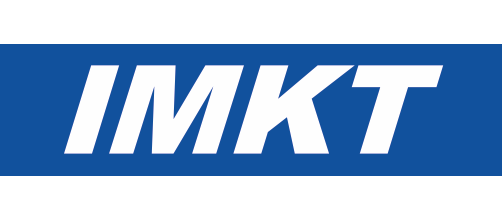Soft micro-elastohydrodynamic lubrication and friction at rough conformal contacts
- verfasst von
- Bengt Wennehorst, Gerhard Poll
- Abstract
Conformal surfaces in parallel sliding lack a macroscopic hydrodynamic pressure and fluid film formation mechanism. However, such a mechanism still exists on a microscopic level due to roughness. It is common to translate roughness into a variation of fluid film thickness which in turn yields a hydrodynamic pressure distribution resulting in a net hydrodynamic lift. Reynolds equation and a suitable cavitation algorithm suffice to describe this effect mathematically. In case one surface consists of a compliant material with low modulus of elasticity, the deformation of asperities due to pressures and shear stresses in the fluid cannot be neglected - in fact, besides cavitation, it significantly contributes to the net hydrodynamic lift. Therefore, a coupling between fluid dynamics and elastic solid body deformations needs to be introduced. An additional complication arises when the hydrodynamic lift and the subsequent separation of the mean lines of the contacting rough surfaces is not enough to prevent asperity contacts completely. This situation is known as mixed lubrication where part of the normal load is transmitted at asperity contacts. These contacts are commonly treated as solid body contacts with a Coulomb-like friction law or more sophisticated solid friction models. However, when considering asperities as contraformal Hertzian contacts, elastic deformation may allow for the existence of thin micro-elastohydrodynamic lubricant films preventing direct solid body contact even at speeds which otherwise would be regarded as deep within the mixed lubrication regime close to boundary lubrication. These films may not be able to prevent wear completely, but may reduce friction significantly in comparison to dry friction. In this paper, the existence of such effects is demonstrated both by simulation and by experiments with elastomeric radial lip seals.
- Organisationseinheit(en)
-
Institut für Maschinenkonstruktion und Tribologie
- Typ
- Artikel
- Journal
- Proceedings of the Institution of Mechanical Engineers, Part J: Journal of Engineering Tribology
- Band
- 231
- Seiten
- 302-315
- Anzahl der Seiten
- 14
- ISSN
- 1350-6501
- Publikationsdatum
- 01.03.2017
- Publikationsstatus
- Veröffentlicht
- Peer-reviewed
- Ja
- ASJC Scopus Sachgebiete
- Maschinenbau, Oberflächen und Grenzflächen, Oberflächen, Beschichtungen und Folien
- Elektronische Version(en)
-
https://doi.org/10.1177/1350650114558322 (Zugang:
Geschlossen)


